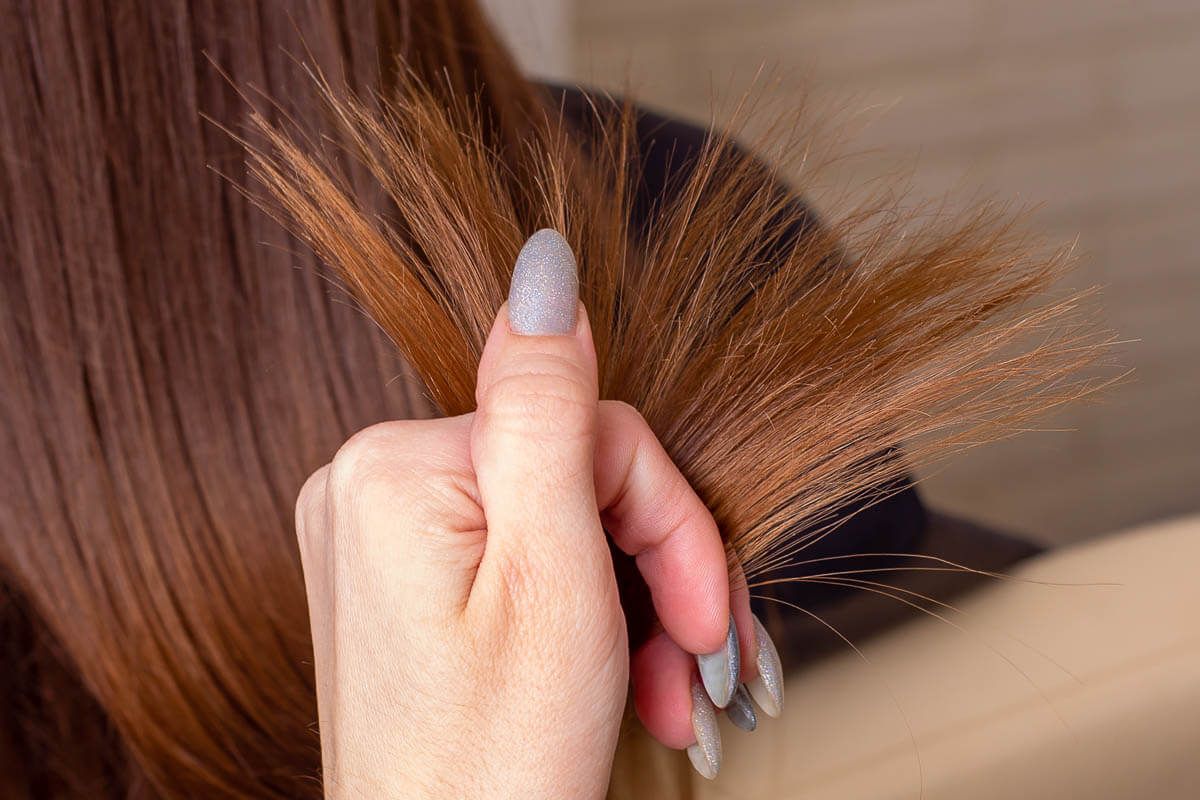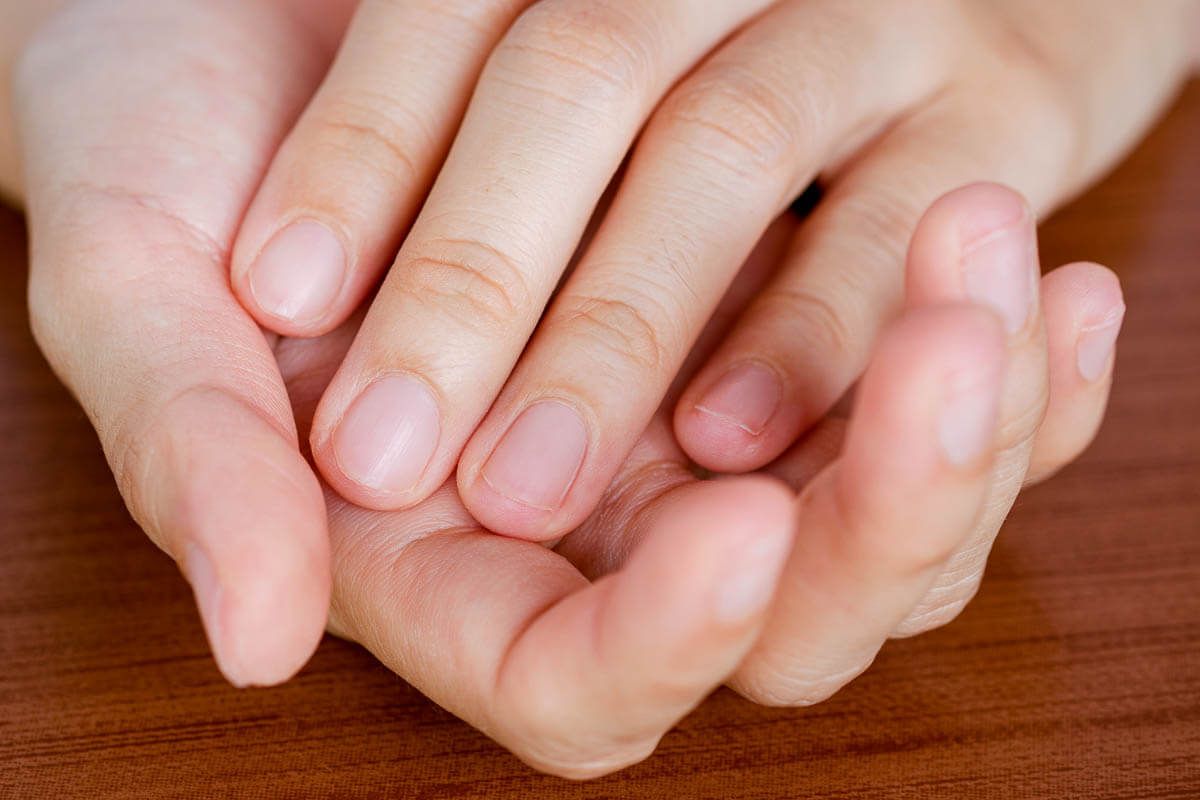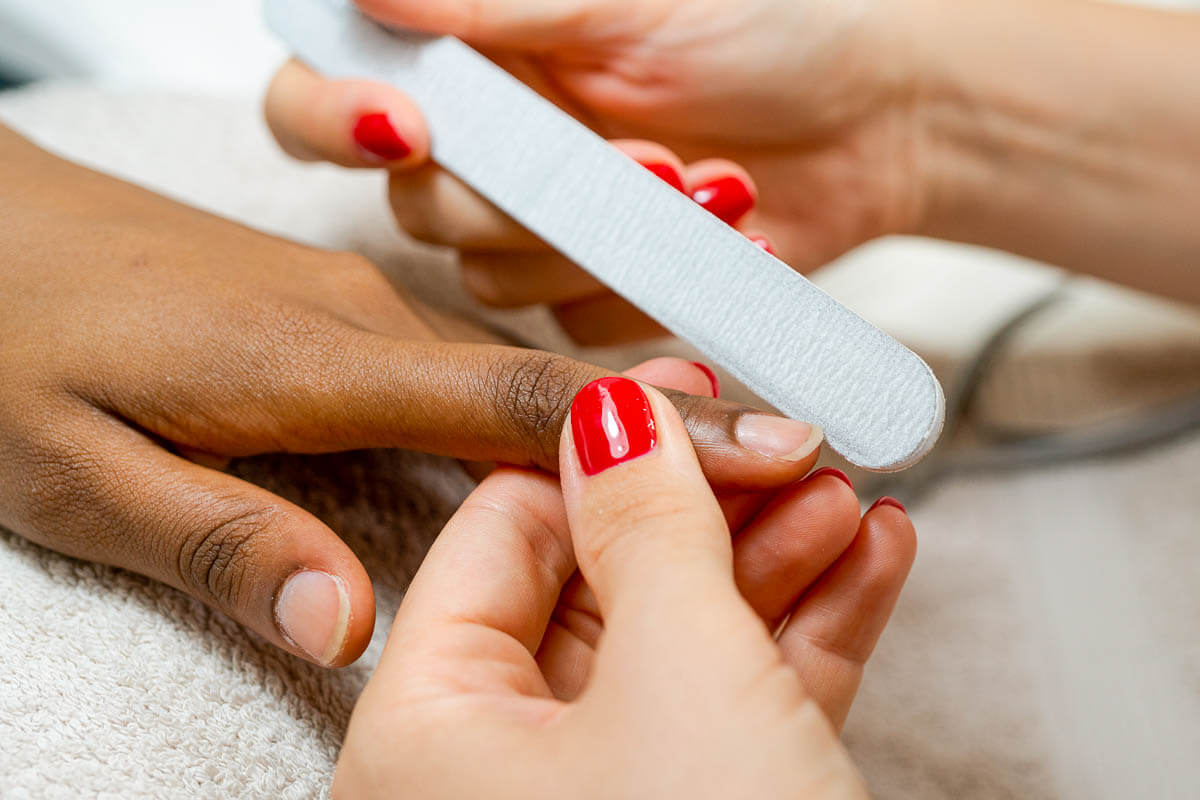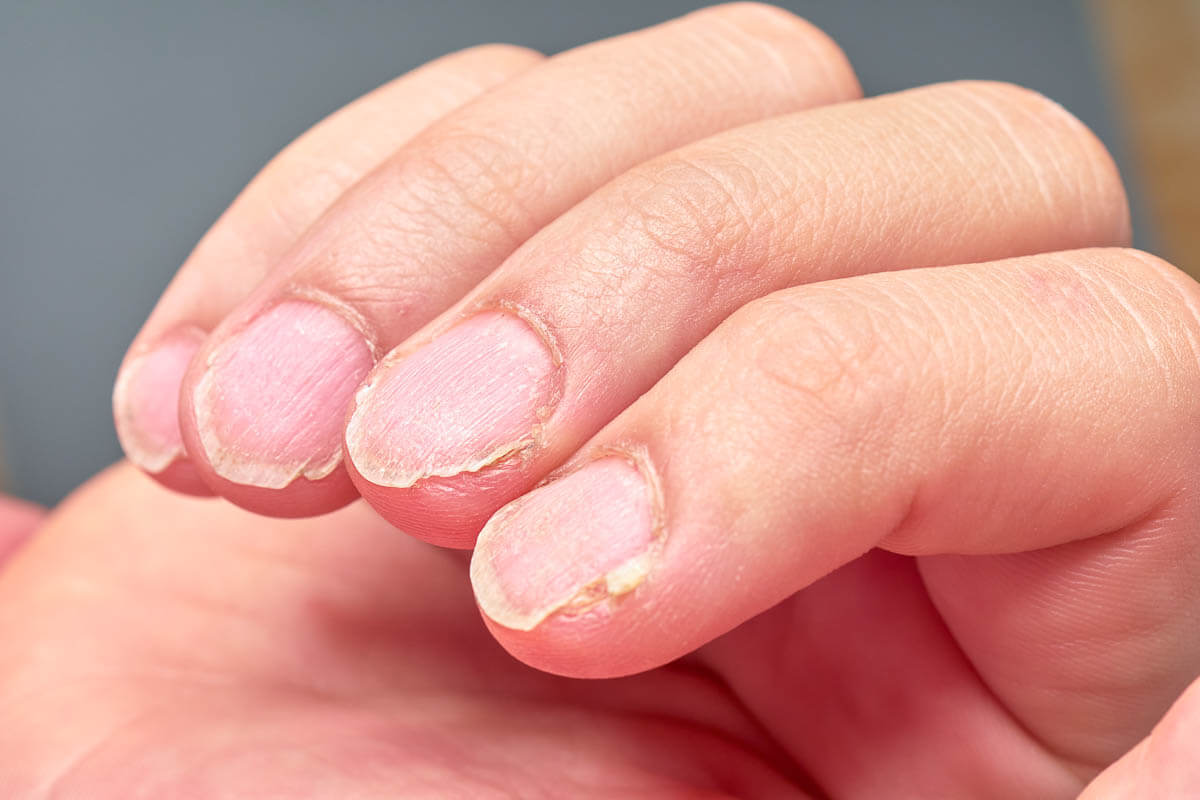

Fingernails are an amazing biological invention that play an important and active role in our day-to-day lives, and in the bigger picture of human history. Nails help us grasp and grip objects, which gave earlier Homo sapiens a distinct advantage in manipulating tools and building our modern society. But beyond their primarily utilitarian purpose, nails have also served as status symbols or miniature art canvases in a number of societies throughout history. These six facts explore the biology, history, and artistry of fingernails, and why they’re so intimately tied to the human experience.
The Only Mammals With Fingernails Are Primates

Among mammals, fingernails are unique to the order of primates; other mammals instead have claws to take down prey or climb trees. Fingernails are essentially flattened claws but are better suited to support broad fingertips, which help some primates swing among tree branches. Homo sapiens developed especially broad fingertips to help grip and manipulate tools some 2.5 million years ago, and nails provide strength and protection for those fingertips. Small blood vessels in the nails maintain blood flow to our fingers even when we’re gripping something very tightly, and the hard covering helps protect against injury. Fingernails also offer protection from viruses and bacteria, aid in fine motor movements (such as scratching or picking), and provide a level of sensation via an intricate network of nerves underneath the nail bed.
Hair and Nails Are Made of the Same Protein

Human hair and nails (along with the outer layer of our skin, aka the epidermis) are made of a fibrous protein called keratin, which offers structure and helps protect cells against damage. Your body produces it naturally, but foods such as broccoli, kale, salmon, and sweet potatoes may help boost production. Hair is formed from three cylindrical layers of keratin, while nail plates are made of multiple layers of transparent keratin. Alpha-keratin can also be found in animal fur and claws, and beta-keratin (which differs slightly on a molecular level) is present in reptiles and birds.
Human Nails Grow 1 Nanometer Per Second

Fingernails are always growing. In the second it took you to read the previous sentence, your nails grew 1 nanometer (or one-billionth of a meter). But even with 86,400 seconds in a 24-hour period, it’s virtually impossible to notice any day-to-day growth without a microscope. In a month, the average human’s fingernails grow roughly 3.47 millimeters (and toenails grow even more slowly, gaining an average of just 1.62 millimeters). However, there are a few factors that can affect the speed of nail growth. Some research suggests our nails grow faster when we’re younger, and then slow down as we age. There also appears to be a correlation between faster nail growth and a person’s dominant hand. And many people experience rapid nail growth during pregnancy, due to increases in the hormones estrogen and progesterone.
Manicures Are as Old as History Itself

Manicures can’t be traced to one specific culture, but there’s evidence that they’ve existed in some form for millennia. Archaeologists have discovered Egyptian mummies with gilded nails, and a gold manicure set from Babylonia dating to around 3200 BCE. Some cultures also used henna and kohl to color their fingertips. Around 3000 BCE, the Chinese formulated an early version of nail polish, using gelatin, beeswax, egg whites, and crushed rose petals and orchids to produce different shades of red. The practice eventually fell out of fashion during the Middle Ages, but it made a comeback among wealthy women in Europe during the Renaissance and Victorian eras. Today, the nail care industry is worth billions of dollars, and an estimated 120,000 manicurists and pedicurists work in the U.S. alone.
Fingernails Can Help Diagnose Certain Diseases

Fingernails can be a great indicator of your overall health. Although a majority of malformed nails can be explained by external injury or poor nutrition or digestion, some abnormalities may be caused by more serious medical conditions. Extreme rounding of the nails, known as clubbing, can be a symptom of oxygen deficiency, for example, possibly related to various lung disorders. Horizontal ridges, known as Beau’s lines, could be a sign of kidney problems or diabetes. The color of your nails can indicate that something is amiss, too. Yellow nails are commonly associated with fungal infections but may also be a sign of thyroid disease, while very white nails may point to liver problems such as hepatitis.
Fingernails Don’t Really Keep Growing After You Die

There’s a common myth that our fingernails continue to grow even after death, but it’s just that — a myth. When we’re alive, our nails grow at a rate of around 0.1 mm per day (a little more than 3 mm per month), thanks to something called the germinal matrix at the base of the nail. The germinal matrix uses glucose to create new cells that push the old cells up and out toward the fingertip. However, once the human body stops functioning, it also stops producing glucose, which means the matrix can’t create new cells. The origins of this myth may have something to do with a different biological function, though: While our nails don’t continue to grow after death, the dehydrated skin around them does shrink, which can make nails look like they’ve grown longer.
